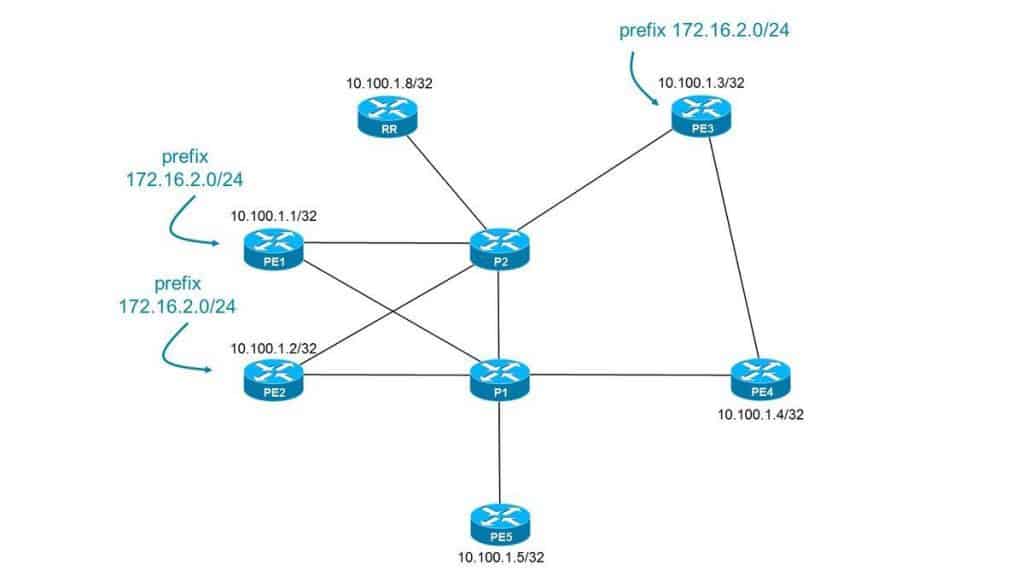The Border Gateway Protocol (BGP) is a routing protocol that is used to exchange routing and reachability information between Internet service providers (ISPs) and between autonomous systems (ASes) on the Internet. BGP is a path vector protocol, which means that it specifies the complete path that a packet must take to reach its destination, rather than just the next hop.
What is BGP (Border Gateway Protocol)?
BGP (Border Gateway Protocol) is a standard TCP/IP protocol based on the distance-vector routing algorithm that enables groups of routers to share their routing information in an efficient manner.

BGP is used to build the global routing table, which is a database of all available routes to destination networks on the Internet. When a router receives a packet, it looks up the destination address in the routing table and forwards the packet to the next hop along the path to the destination.
BGP is a critical component of the Internet’s infrastructure, as it enables ISPs to exchange routing information and to establish peering relationships with each other. It is also used to implement policies, such as traffic engineering and route selection, and to support network security.
Border Gateway Protocol (BGP) version 4 is used to connect backbone routers on the Internet and is implemented by many Internet service providers (ISPs). BGP has largely superseded the earlier Exterior Gateway Protocol (EGP).
How BGP works
BGP works by listening to traffic being routed and inferring information concerning the reachability of neighboring networks. BGP supports policy-based routing, which enables network traffic to be routed differently according to its cost, importance, or security needs.
BGP divides an internetwork into groups of routers (called autonomous systems) that have trusted routes between them. This limits the size of the routing table in order to optimize reliability and performance on large internetworks such as the Internet.
The first update of a router’s BGP routing table includes all known routes on the network while succeeding updates are only incremental. BGP also supports classless interdomain routing (CIDR). BGP is defined in Request for Comments (RFC) 1771 through 1774.